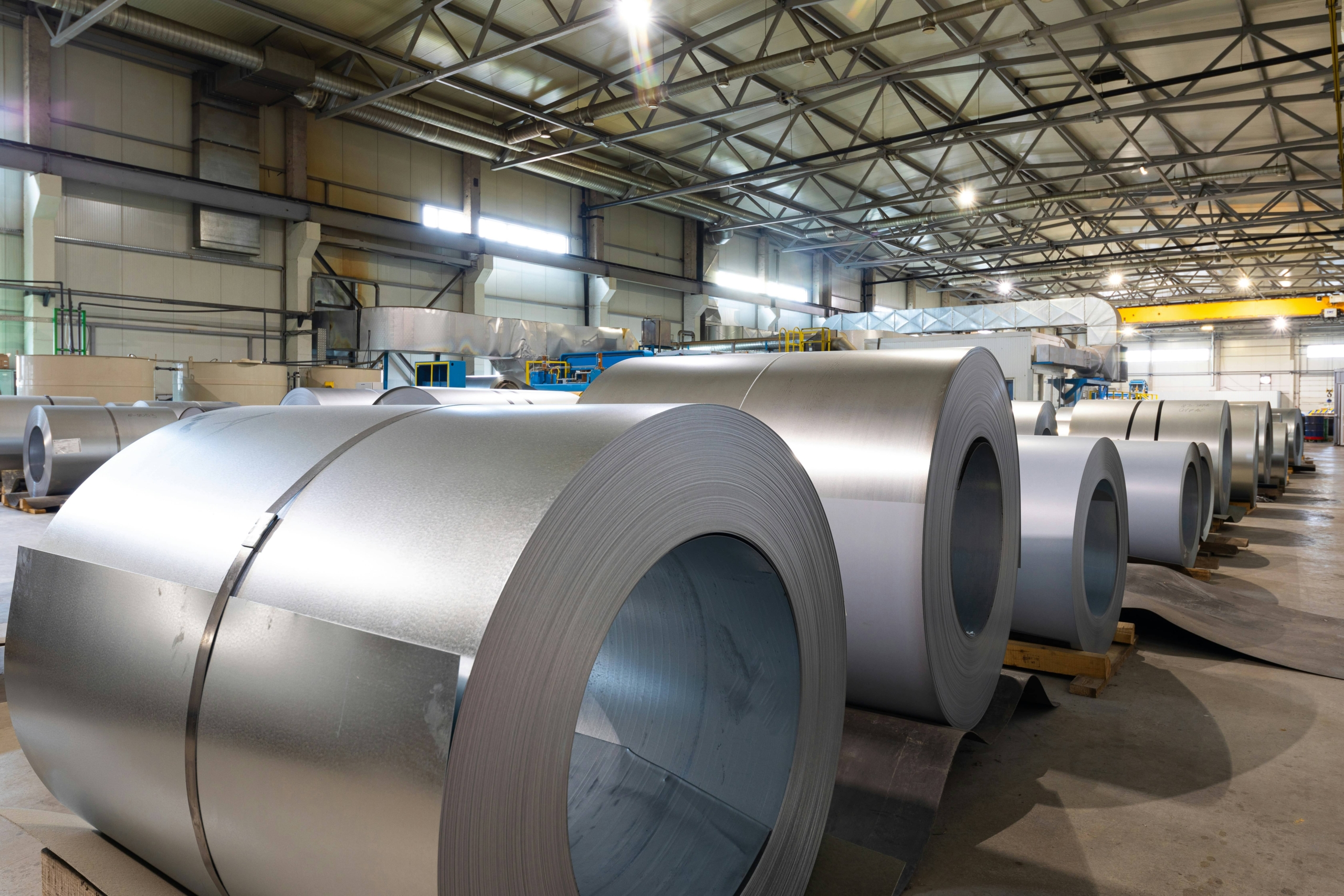The Future Is WOW #39: Storms, Smelters, and Shifting Standards
Hurricanes aren’t the only things likely to cause a stir in U.S. industry this year. From a $4B plan to revive domestic aluminum production to the first nuclear plant built specifically for manufacturing, plus sweeping regulatory shifts around PFAS, energy, and efficiency, there’s a lot in motion beyond the forecasted storms.
Hurricane watch: a tough season ahead
Forecasters at the National Oceanic and Atmospheric Administration (NOAA) expect the 2025 Atlantic hurricane season to hit harder than usual. Of the 13-19 named storms predicted, up to six could make landfall.
With Texas and Louisiana in the high-risk zone, that matters for refining operations along the Gulf Coast, which handles 55% of total U.S. refining capacity.
Now’s the time to revisit storm preparedness plans, from evacuation protocols to asset protection, because past storms have shown how quickly weather can disrupt production. And even temporary shutdowns could ripple through supply chains.
Continue reading at the BBC.
America’s aluminum comeback could start in Oklahoma

The U.S. hasn’t built a new aluminum smelter since 1980. At that time, roughly 30 were operating nationwide. Today, just five remain. But that could be about to change as Emirates Global Aluminum has announced a $4 billion plan to build a new aluminum smelter in Oklahoma.
High energy costs and growing environmental regulations have pushed production overseas for decards. And now more than 80% of the aluminum used in the U.S. comes from abroad. But with demand rising from aerospace, automotive, energy, and construction, this project signals a strategic shift back to domestic supply.
If built, the plant would produce 600,000 metric tons of aluminum a year, nearly doubling the current domestic output. It also promises 1,000 permanent jobs, with up to 4,000 workers on-site during peak construction.
Continue reading at American Machinist.
A new kind of nuclear is coming, and it’s built for industry
Dow plans to power one of its largest chemical plants in Seadrift, Texas, with something no U.S. manufacturer has done before: small modular nuclear reactors (SMRs).
The company just submitted a permit for the Long Mott Generating Station, which would house four Xe-100 reactors designed to deliver clean, stable energy and high-temperature heat directly to industrial operations.
Each reactor can produce 80 megawatts of electricity or 200 megawatts of process heat — enough to support the production of over 4 billion pounds of chemical products a year, including materials used in packaging, footwear, and pharma.
If Dow proves that SMRs can reliably power large-scale operations, it could open the door for nuclear power to play a bigger role in industrial energy strategy across the country. Something that will be of interest to manufacturers hit with rising energy costs and pressure to decarbonize.
Continue reading at BIC Magazine.
EPA reverses course on PFAS rule

The EPA is proposing changes to its national standards on PFAS with a focus on adjusting timelines and reducing the scope of the rule.
The original rule, finalized in 2023, set limits for five individual “forever chemicals” in drinking water and required public water systems to complete monitoring by 2026, with treatment systems in place by 2029 if limits were exceeded.
Under the new proposal, the EPA would extend the compliance deadline to 2031 for two compounds (PFOA and PFOS and roll back regulations for the other three.
For manufacturers, especially those with internal water systems or supplier dependencies, this may offer more time for planning. But it raises questions about long-term regulatory expectations around PFAS monitoring and mitigation.
Find out more from the EPA.
DOE proposes broad regulatory rollback
Sticking with the theme of deregulation, the U.S. Department of Energy has announced plans for what it calls the largest deregulatory effort in its history, targeting 47 regulations across energy, manufacturing, and reporting requirements.
For manufacturers, the proposal could affect both how plants operate and what products can be brought to market. Energy efficiency standards for a wide range of goods, including appliances, HVAC units, motors, and electronics, are on the table. That means fewer compliance hurdles for producers and potentially lower costs for buyers.
The DOE also plans to end several renewable energy programs, simplify permitting, and loosen reporting requirements, moves that may reduce red tape for energy-intensive operations or new infrastructure projects.
The proposed changes are expected to save $11 billion, but manufacturers will need to weigh regulatory relief against customer expectations and internal ESG commitments.
Find more details about the proposed changes at the U.S. Department of Energy.
Final thought
Across aluminum, nuclear, and energy policy, the trend is clear: the U.S. is rethinking how and where it produces power and raw materials. For manufacturers, EHS leaders, and quality managers, the challenge is to stay compliant while keeping operations competitive.
To stay up to date with industry and EHS news in the U.S. and Europe, subscribe!
Sign Up for email updates about our latest projects, articles and online events.

